On July 14, US defense corporation Lockheed Martin revealed photos of three Orion spacecraft used for the Artemis II, III and IV lunar missions.
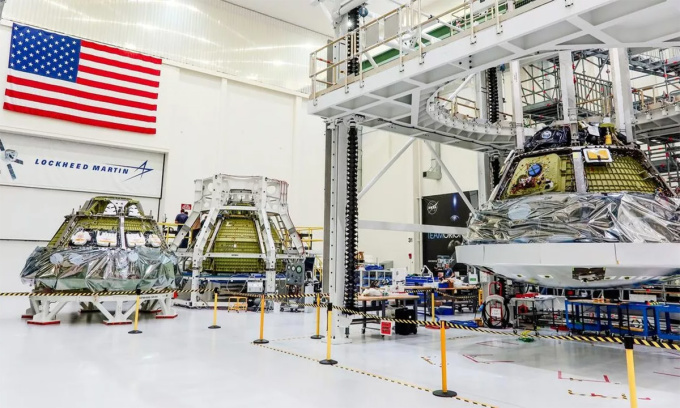
The Orion spacecraft for the Artemis II, III and IV lunar missions (from left to right) at NASA's Kennedy Space Center in Florida. Photo: NASA/Marie Reed
"The future of Orion looks very good. The human modules for Artemis II, Artemis III, and Artemis IV are undergoing various stages of production at NASA's Kennedy Space Center in preparation for returning astronauts to the Moon," Lockheed Martin wrote in a July 14 Twitter post, along with a photo of three Orion spacecraft. The trio is being built under Lockheed Martin's management.
The Artemis II mission is scheduled to launch in November 2024 with a crew of four, including astronauts Reid Wiseman, Victor Glover, Christina Koch (NASA) and astronaut Jeremy Hansen (Canadian Space Agency). Meanwhile, information about the participants in the Artemis III and IV missions has not been disclosed. Artemis III is planned to launch in 2025 or 2026, depending on the readiness of the Starship launch system developed by SpaceX. Artemis IV will follow later, later this decade.
Lockheed Martin has signed a contract to provide Orion spacecraft for multiple future Artemis lunar missions. The order for the Artemis III-V missions is worth $2.7 billion, while the Artemis VI-VIII missions are worth $1.9 billion. Lockheed Martin said that building spacecraft in batches allows it to save costs through production efficiency.
The new image does not include the Orion spacecraft for Artemis I, which made an uncrewed trip to lunar orbit late last year. Nor does it include the first production Orion spacecraft, which orbited Earth in 2014 on a test flight.
NASA has signed the Artemis Accords with 26 countries to establish rules for peaceful exploration of the Moon. The European Space Agency and Canada have both committed to providing hardware for Artemis and the Gateway, a lunar orbiting space station scheduled to launch this decade.
Thu Thao (According to Space )
Source link








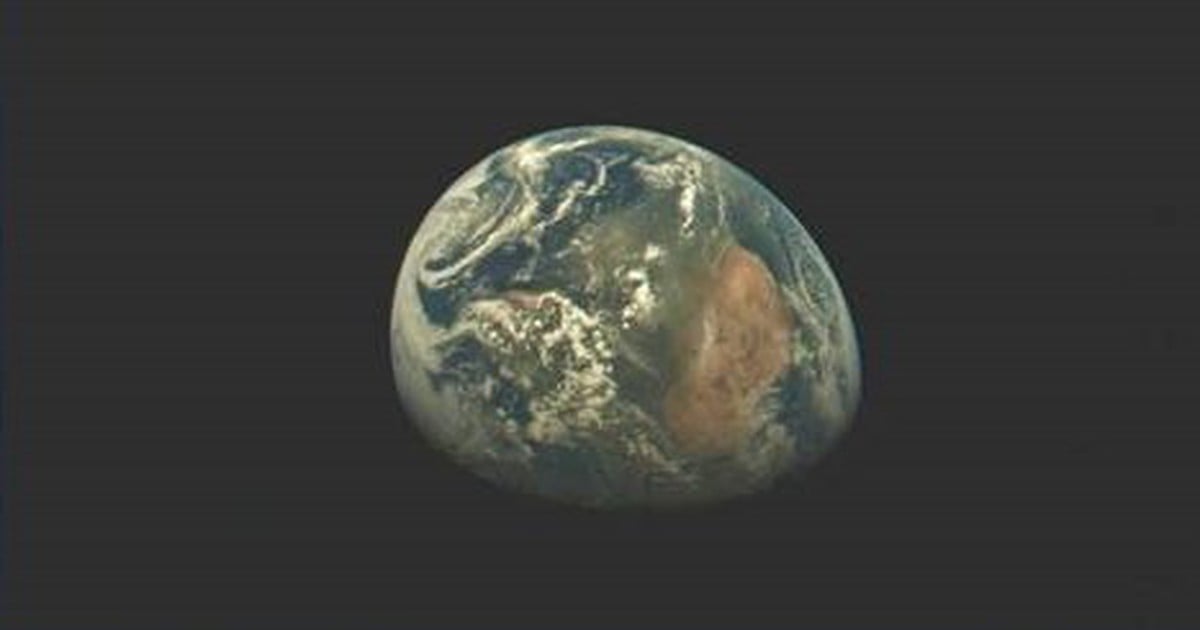



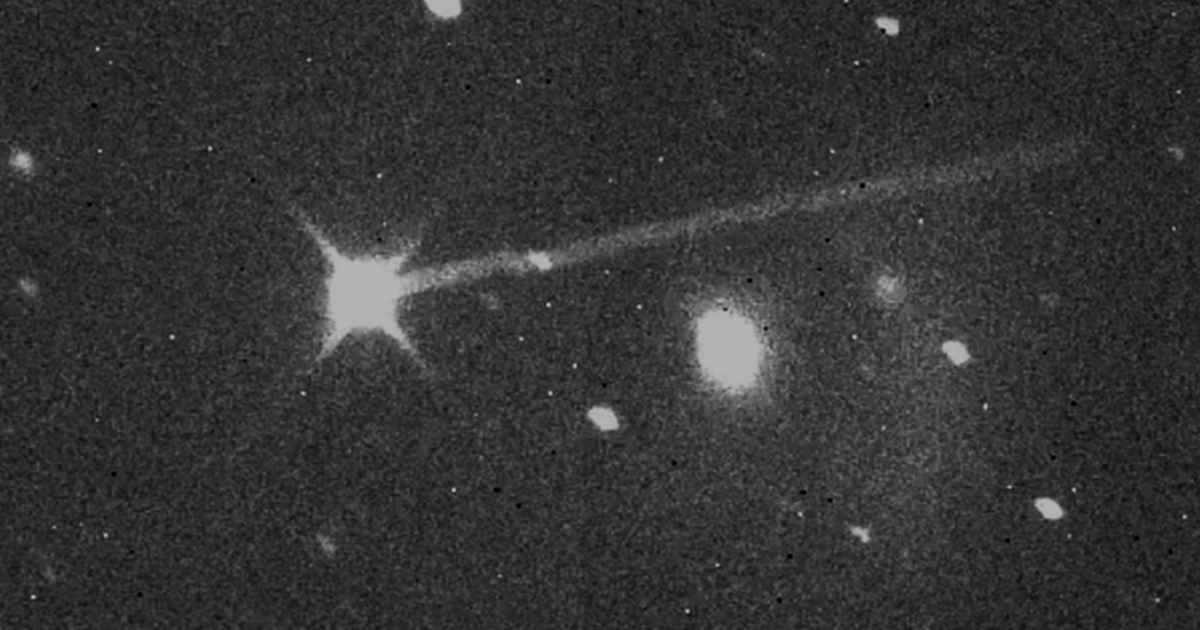
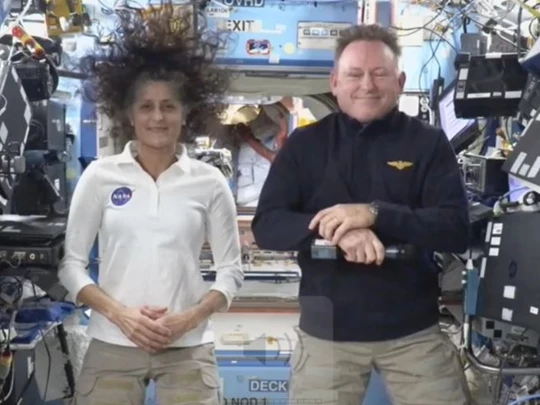

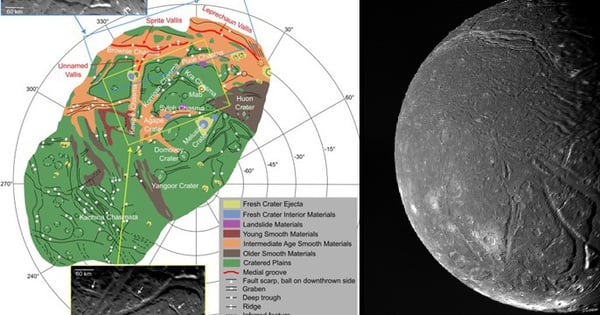






















![[Photo] Prime Minister Pham Minh Chinh chairs Government Conference with localities on economic growth](https://vstatic.vietnam.vn/vietnam/resource/IMAGE/2025/2/21/f34583484f2643a2a2b72168a0d64baa)


























































Comment (0)